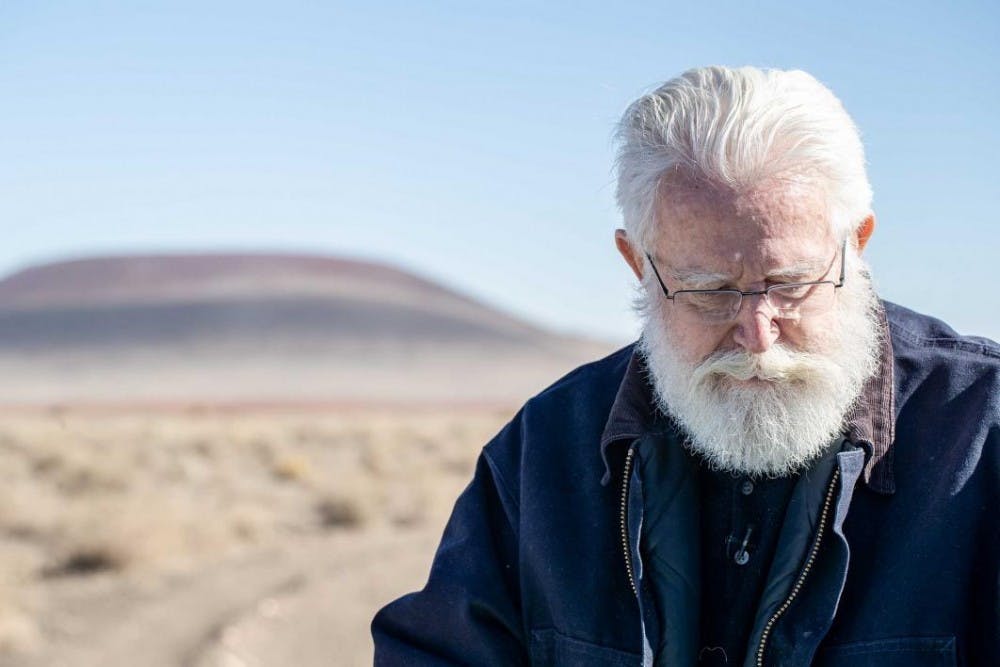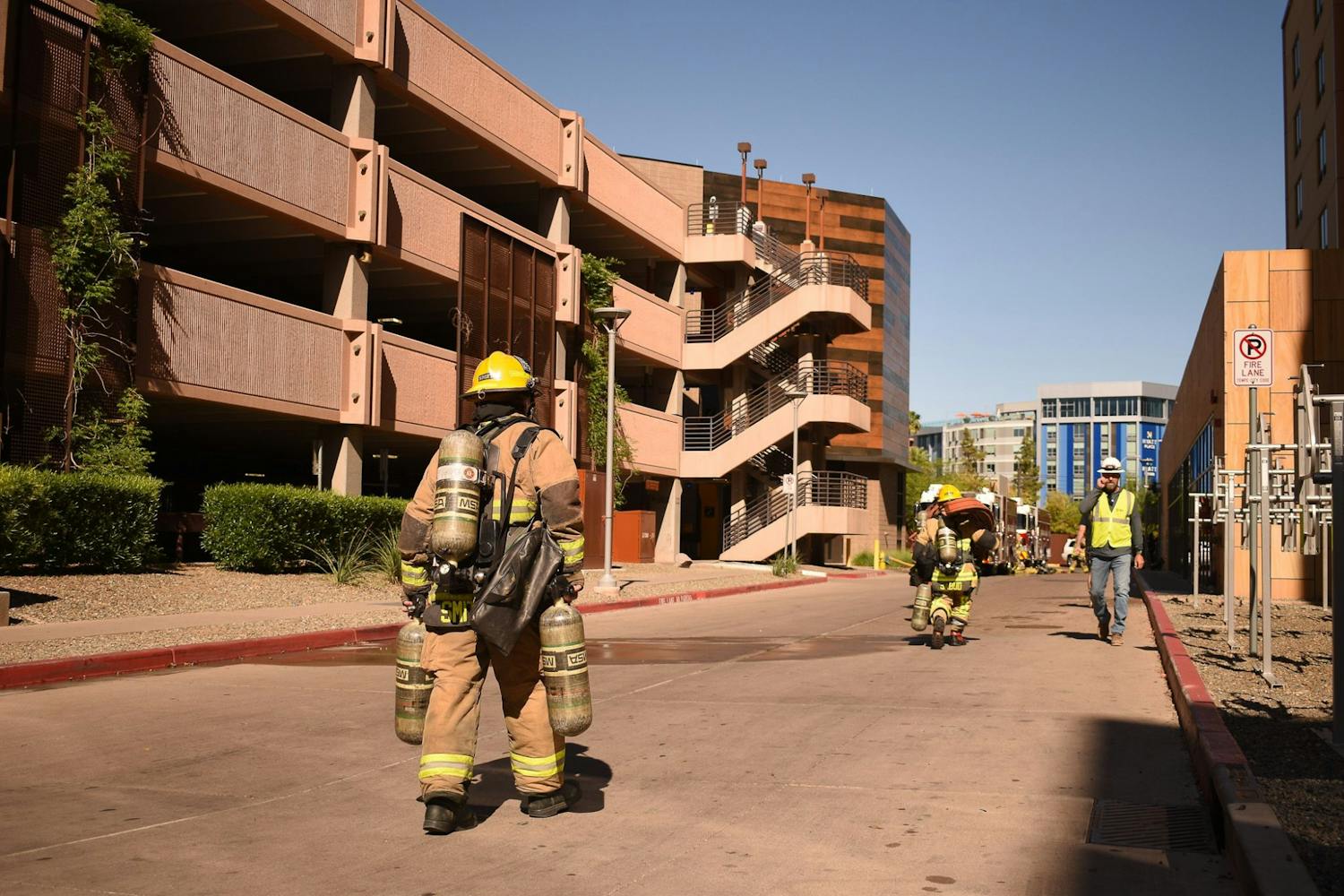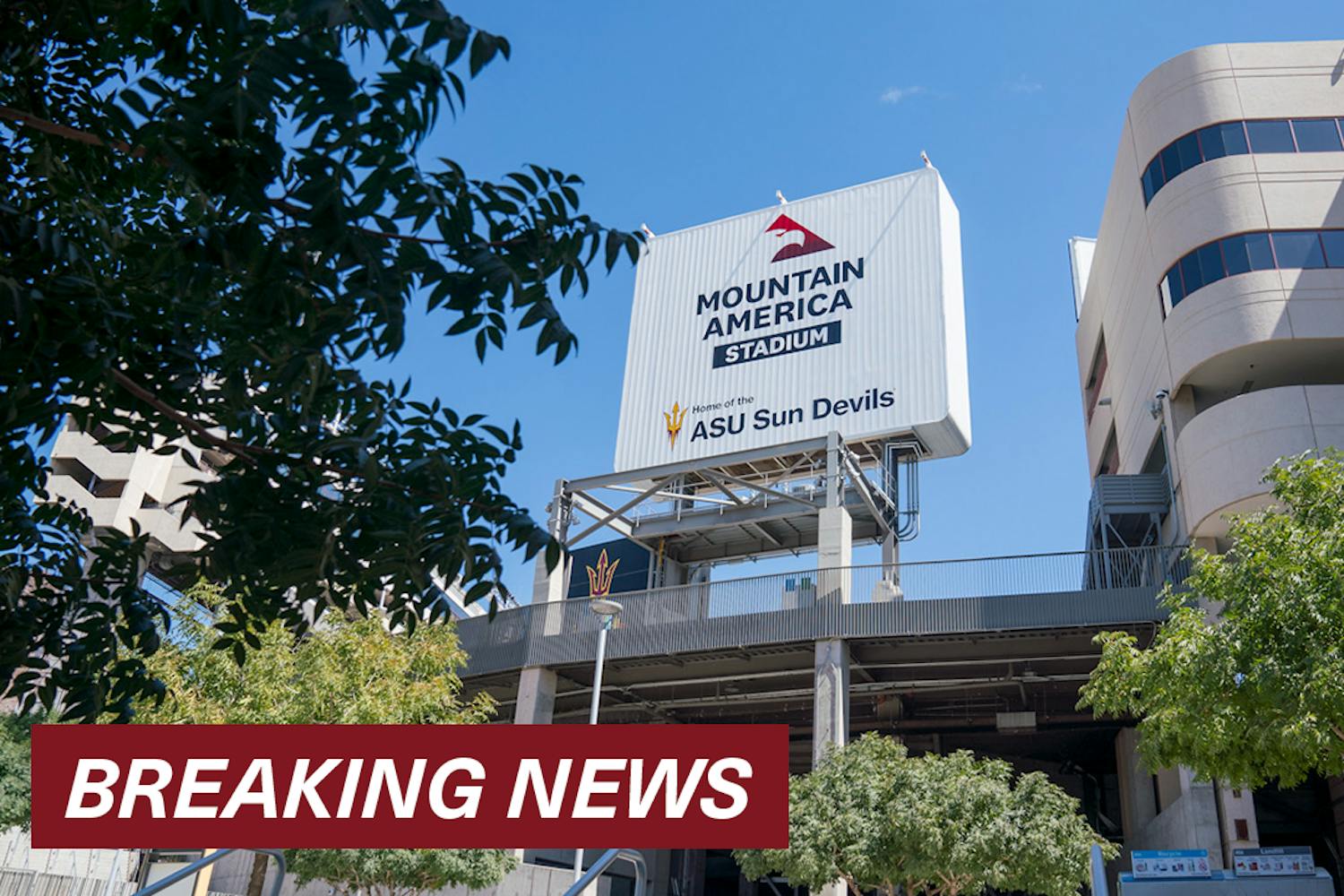At the edge of the Painted Desert lies the volcanic Roden Crater, a massive work of art created by renowned artist James Turrell that plays with natural light and space.
The artwork has been decades in the making, but thanks to a partnership ASU has recently announced with the artist, the installation could be open to the public in a few years.
The collaboration means many things – the University and the foundations who own the crater will work together to raise $200 million to see the completion of the project, build infrastructure around the site and help conserve the area around the crater. Additionally the partnership will also invite ASU students from different interdisciplinary programs to visit the site and meet Turrell, along with other famous artists and visionaries.
Students who visit the site will have the opportunity to explore different realms of art, science, space and more.
The University said that it plans to merge Turrell’s work with academic programs not only in the Herberger Institute for Design and Arts, but in the School of Sustainability, School of Earth and Space Exploration and School of Social Transformation as well.
Eighty faculty members and students from five different classes will visit the crater this spring, and a handful of students from the Volcanic Arts & Sciences class were able to visit the site last fall and meet Turrell.
Read more: Explosive new ASU course combines art with volcanoes
Kelly Fielder, a master's student studying theater for youth, was among the students who were able to take a Saturday off from their daily routines to drive up north and experience the Roden Crater site for themselves.
“It's unlike anything I've ever known to exist in the art world,” Fielder said. “I've never seen an art installation that's so big and so grand, and yet has such a deep sense of intimacy and privacy at the same time.”
She said the large-scale artwork was an even, unique balance of grandeur and intimacy, adding that it was an experience for which “words don't do it justice."
“It really causes you to reflect on your experience as somebody who exists in this world and think that each person probably has their own coming to terms with that when you're seeing the art,” Fielder said.
Olga Viso, a senior advisor to Dean Tepper of the Herberger Institute for Design and the Arts, said Turrell’s Roden Crater is a “celestial vaulting where you become conscious of the fact that the sky is round, and you can really understand the shape of the sky.”
Viso said that Roden Crater is Turrell’s magnum opus – something he physically began working on in 1977 – and the new ASU partnership intends to accelerate the completion of this work of art within Turrell’s lifetime.
If all goes as planned and funding continues, ASU hopes for the Roden Crater site to be publicly open within the next five years.
The University said that it will not be using any tuition dollars or state funds for the project, and all money to further the creation of the Roden Crater site will be drawn from private philanthropy. ASU, the James Turrell Art Foundation and The Skystone Foundation, which is the nonprofit organization that oversees the crater, are planning on raising $200 million within the next two years.
Last week, rapper, songwriter and producer Kanye West, who has reportedly traveled and experienced Turrell's artwork, donated $10 million to the project.
“When an artist as well-known as Kanye West gets excited about supporting a project, we're hoping that that's going to encourage others to really help propel further fundraising so that we can get this done and open it in five years,” Viso said. “So that we can not just welcome students and people through the ASU family, but that we can open it up to the public and to the world.”
Another project that will emerge from this partnership is an online course that Viso said will launch in fall 2019 with a hope to reach more students.
The online course, which is being developed in partnership with Michael Govan and James Turrell, will focus on the history of the creation behind Roden Crater, along with challenges the artist faced.
“That's another big part of the academic vision around this,” Viso said. “We're really building a whole interdisciplinary educational model around Roden Crater so that we're not just trying to get it done and preserve it for the future, but to also make it this engaging kind of space that's at the epicenter of the academic program at ASU.”
For students who will be able to travel and observe the Roden Crater site for themselves, Jennifer Janicki, the project manager of the Roden Crater project said one of the greatest things they can take away is witnessing Turrell’s creation and looking at it as something that is in the intersection of art and science.
“He works in a very interdisciplinary manner,” Janicki said. “I think he's also a person who, if he wants to do something, he will do whatever he has to to make it happen. And I think that's a great thing for our students to see that, particularly with what you're working on. Sometimes there's obstacles – you can find a way, a new way of doing something … also certainly anything is possible and persistence will get you there.”
Some people who have visited the sites said they left viewing life in a new sense of time and space.
“It's life changing no matter what you do, where you come from, what you're interested in studying,” Viso said. “It invites you to sort of reflect and question the way things are.”
Viso said future visitors of the Roden Crater can look forward to the spectacular sights of the remote desert nestled adjacent to the Painted Desert, not far from the Grand Canyon.
“You're going to see this expansive kind of artistic statement ... in the middle of the landscape,” she said. “You're going to be sort of transported and slowed down, and you're going to come back with a very different sense of what's next.”
Reach the reporter at jlmyer10@asu.edu or follow @jessiemy94 on Twitter.
Like The State Press on Facebook and follow @statepress on Twitter.




